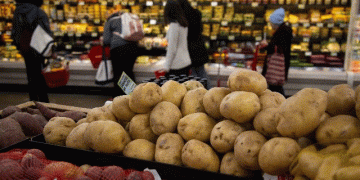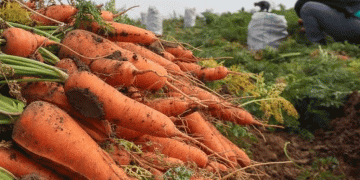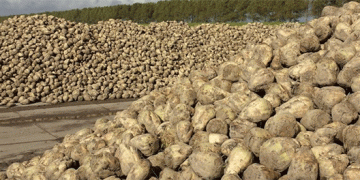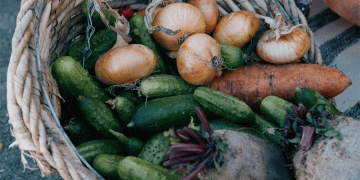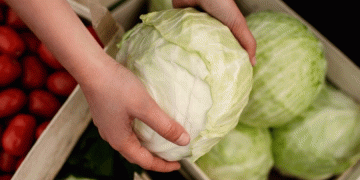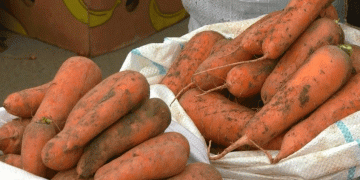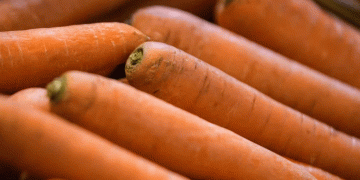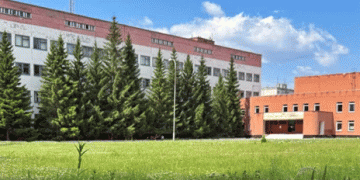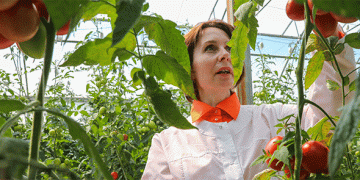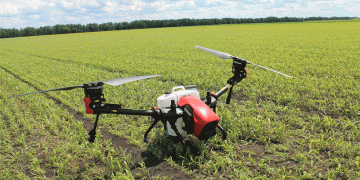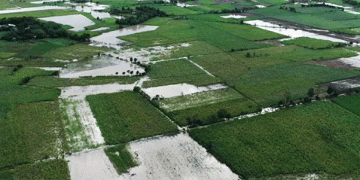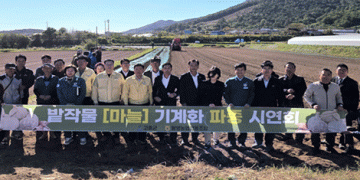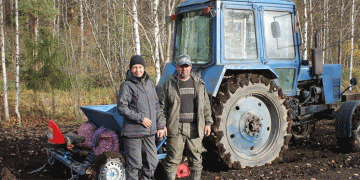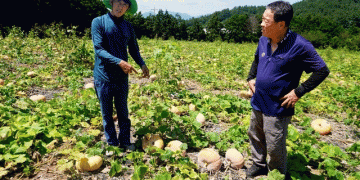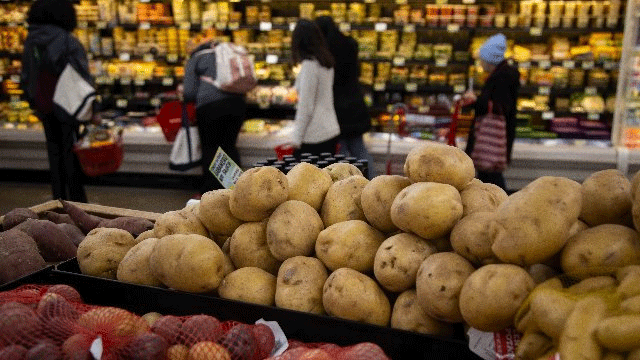A recent study led by the Barcelona Supercomputing Center and the European Central Bank analyzed 16 extreme weather events from 2022 to 2024, revealing a direct link between rising temperatures and sharp increases in food prices. The research found that extreme heat, droughts, and heavy rainfall—events that are now “historically unprecedented”—cause food prices to spike within just one to two months, far quicker than previously assumed[citation:Provided Text].
Key Examples of Climate-Driven Price Surges
- Olive Oil (Europe): Severe droughts in Spain, which produces over 40% of the world’s olive oil, drove prices up by 50% in early 2023[citation:Provided Text].
- Vegetables (U.S.): Droughts in California and Arizona, combined with hurricanes in Florida, led to an 80% surge in U.S. vegetable prices in late 2022[citation:Provided Text].
- Lettuce (Australia): Flooding in eastern Australia caused iceberg lettuce prices to skyrocket by 300%, forcing fast-food chains to substitute cabbage in burgers[citation:Provided Text].
- Cocoa (Global): Droughts in Ghana and Côte d’Ivoire, which supply 60% of the world’s cocoa, pushed prices up by 300% by April 2024, tripling chocolate costs in the UK[citation:Provided Text].
These disruptions highlight how localized climate shocks ripple through global trade, disproportionately affecting food security in hotter, poorer nations while complicating central banks’ efforts to control inflation.
Broader Economic and Political Consequences
The study warns that climate-driven food inflation has macroeconomic repercussions:
- Inflation Pressures: In June 2024, UK inflation unexpectedly rose to 3.6%, partly due to food price hikes, delaying anticipated interest rate cuts[citation:Provided Text].
- Political Impact: Rising food costs influenced voter sentiment in recent elections, including the 2024 U.S. presidential race[citation:Provided Text].
- Financial Sector Response: The European Central Bank now integrates climate risks into monetary policy, acknowledging that extreme weather can add 0.4–0.9 percentage points to food inflation and harm GDP growth[citation:Provided Text].
Adaptation and Mitigation Strategies
To combat these challenges, researchers and policymakers emphasize:
- Climate-Resilient Farming: Developing drought-resistant crops and improving irrigation to mitigate heat stress.
- Supply Chain Diversification: Reducing reliance on single-region production to buffer against localized climate shocks.
- Policy Interventions: Governments and central banks must incorporate climate risks into economic planning to stabilize food markets.
As climate change intensifies, extreme weather will increasingly disrupt agricultural production, triggering volatile food prices and broader economic instability. Farmers, agronomists, and policymakers must prioritize adaptive strategies to safeguard food security and inflation stability. The time to act is now—before the next climate-driven crisis hits.
